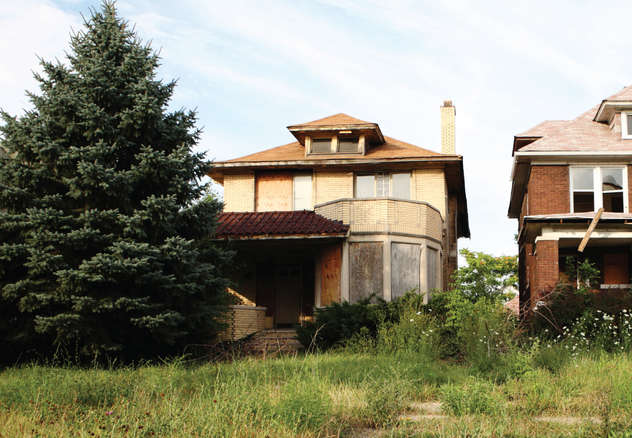Important Information on How to Protect Your Vacant Property
A vacant dwelling to your insurer occurs when your dwelling has been vacant for more than thirty consecutive days. There usually is no intention of the occupants returning. Examples of this could be an elderly insured admitted to a health care facility, a real estate deal that has fallen through or been delayed, or an insured who has died leaving the home empty for the real estate trustee to manage next steps.
It is important to note that maintaining the property and frequent visitations to the property do not qualify the dwelling as being no longer vacant.
Vacant properties are more susceptible to vandalism, water damage and arson. If your property is vacant, you’ll want to ensure the dwelling has a ‘lived in’ appearance. For example, sidewalks should be shoveled, junk mail cleared away and lawns should be cut. Water pipes should be drained, the water supply shut off, and consideration given to the installation of an alarm system.
Loss and damage is no longer insured once a dwelling is vacant. As such, it is important to notify your broker as soon as possible to avoid any gaps in coverage resulting in uninsured losses. Your broker will ask you to complete a ‘Vacancy Questionnaire’ and to provide an up to date photo of the dwelling, which will be forwarded to your insurer for their approval.
Consideration will be given to the maintenance and visitation arrangements for the property, the loss history, the location of the dwelling and the duration of the vacancy. Once approved, a vacancy permit will be added to the dwelling. The initial time frame for a vacancy permit is anywhere from 60 to 120 days depending on your insurance company. This will permit the premises to be vacant and unoccupied beyond what was outlined in the original contract, and most importantly remain insured during the extension period. Keep in mind that some liabilities will no longer be covered even with a vacancy permit such as, freezing pipes, sewer back up and vandalism.
Ask your broker to review your amended coverage with you, and to point out any special conditions of the vacancy permit.
